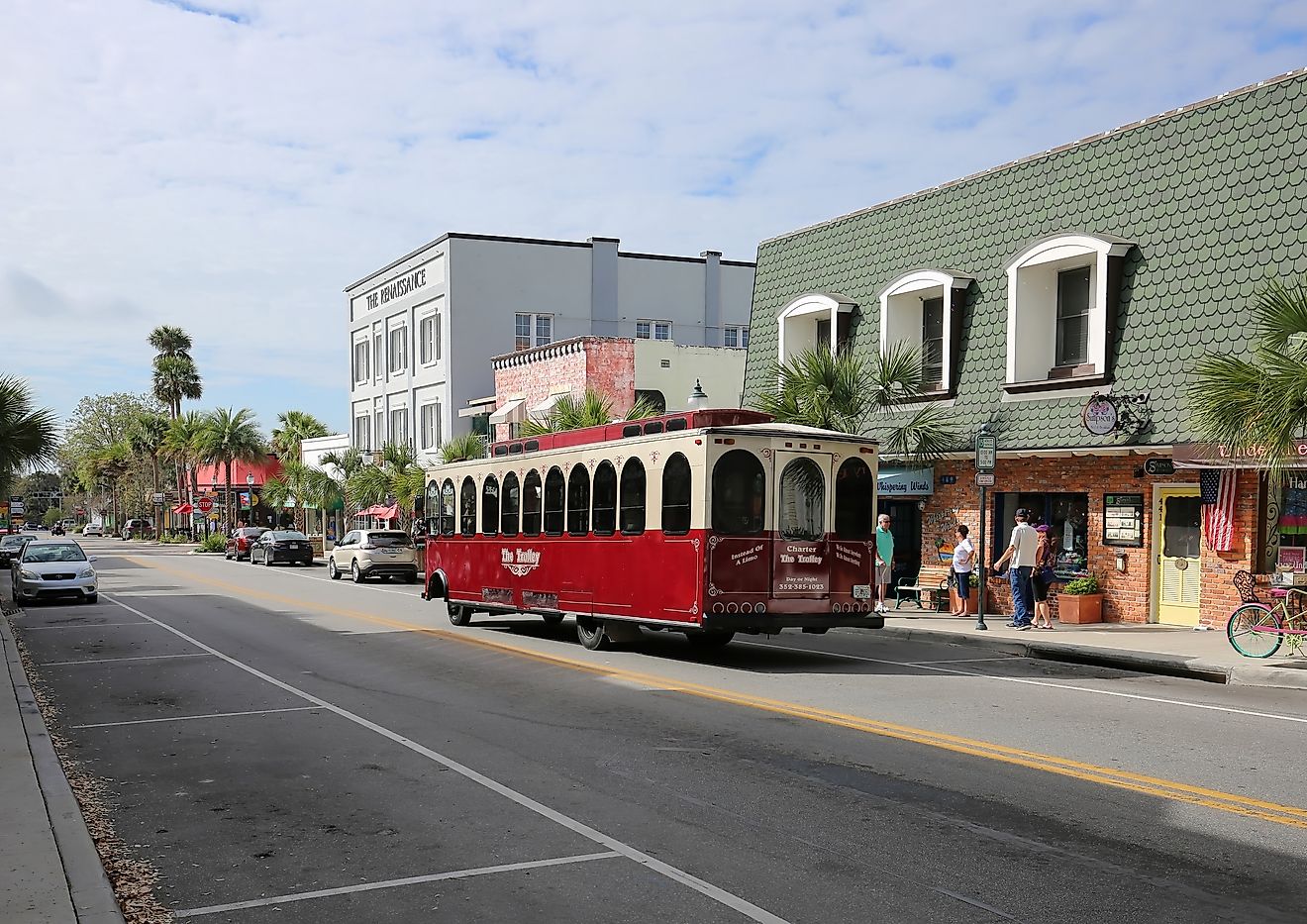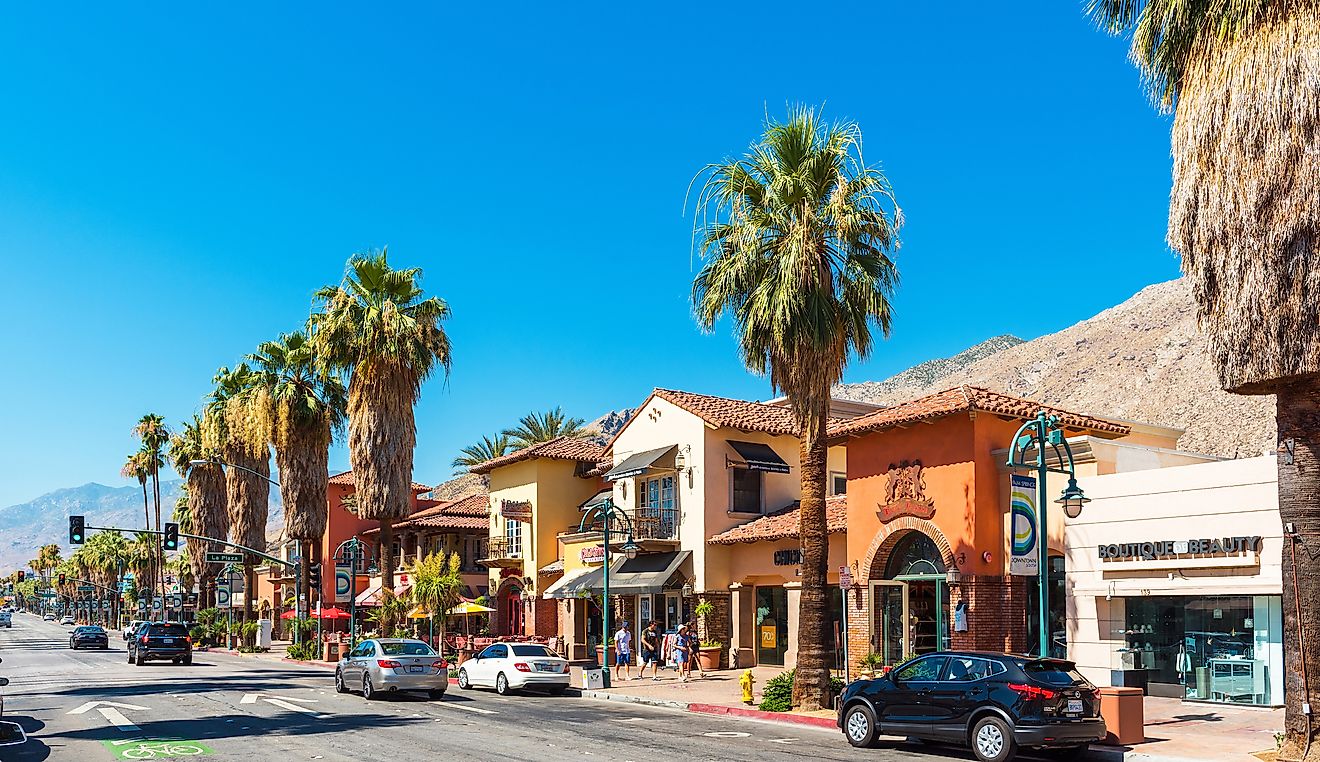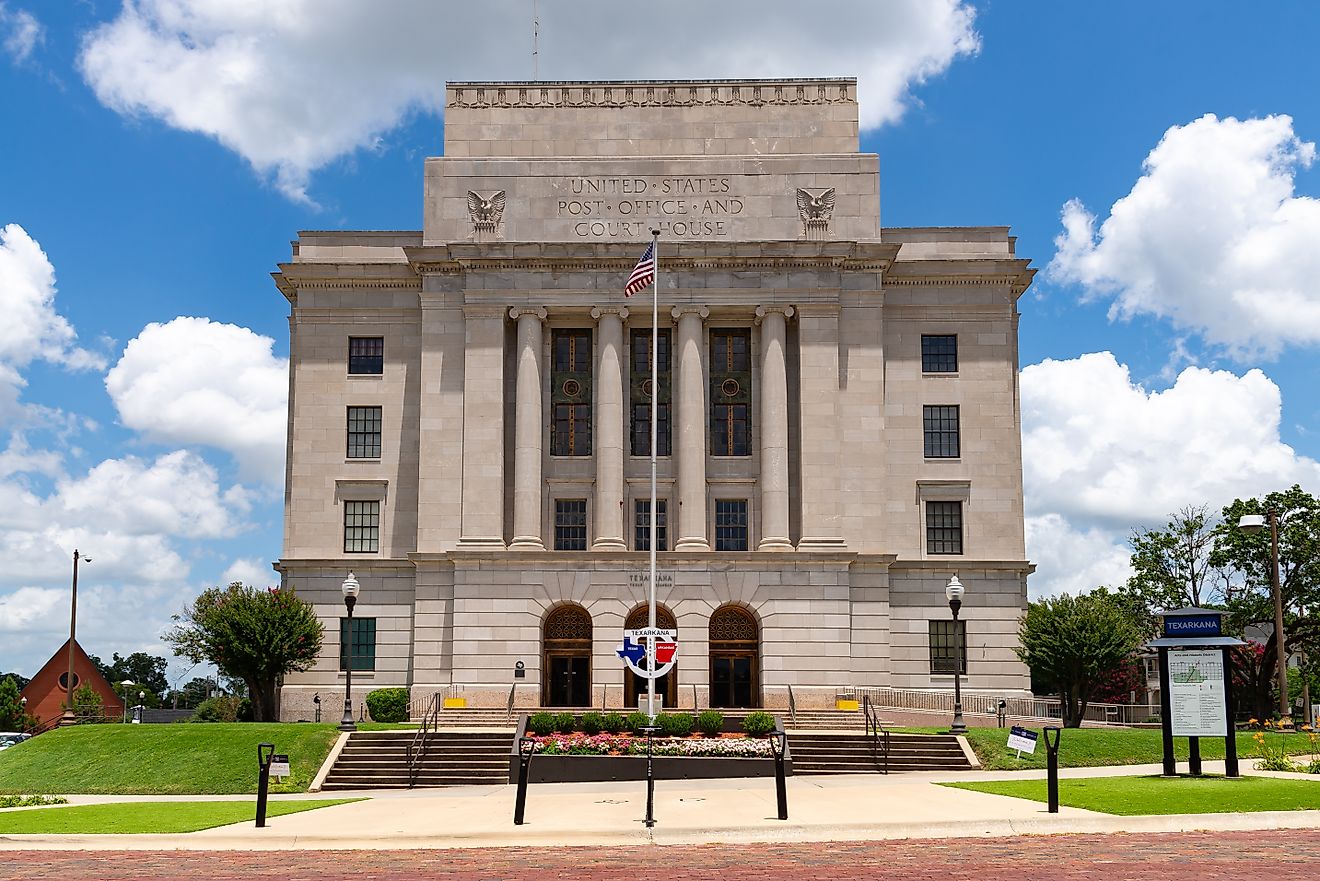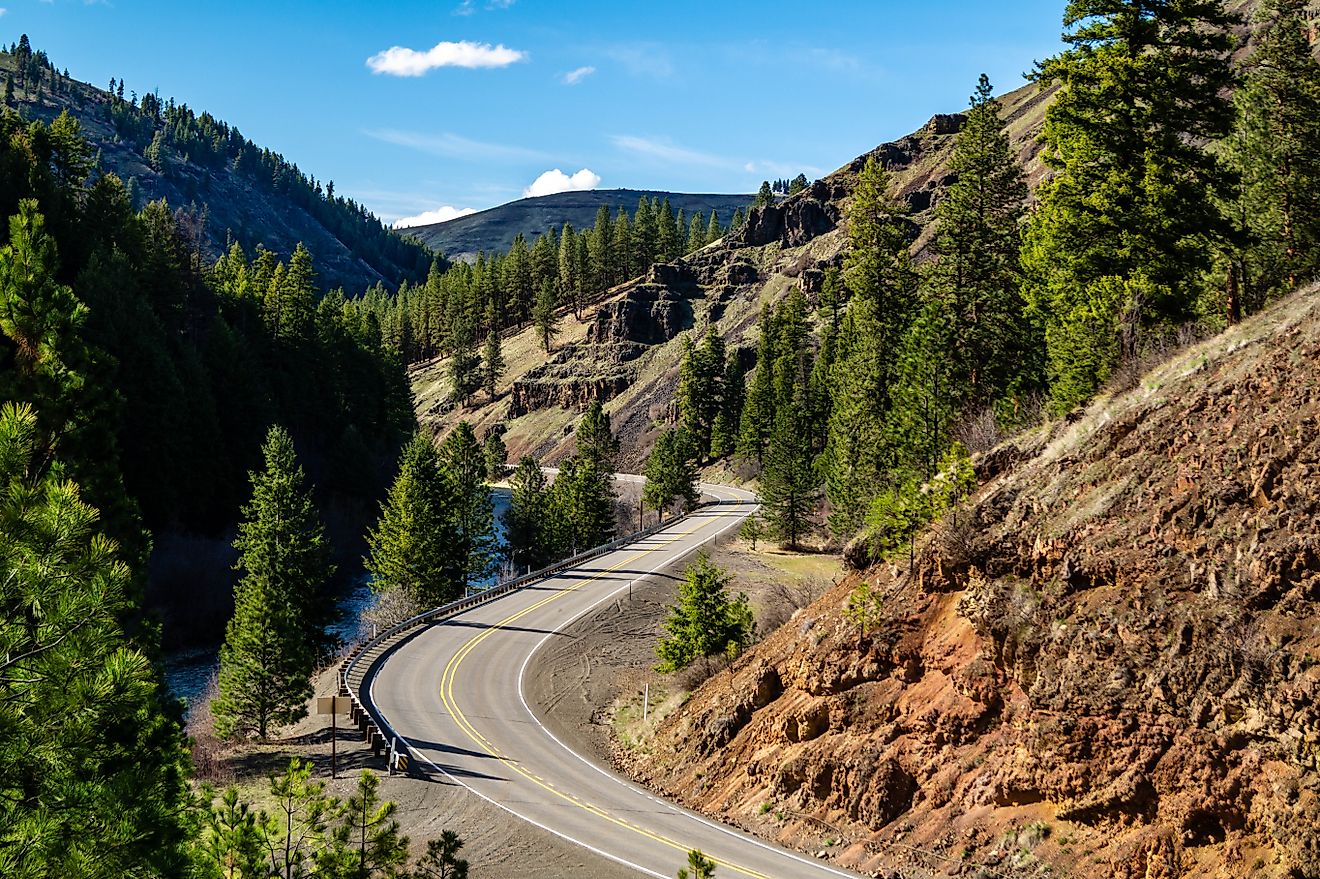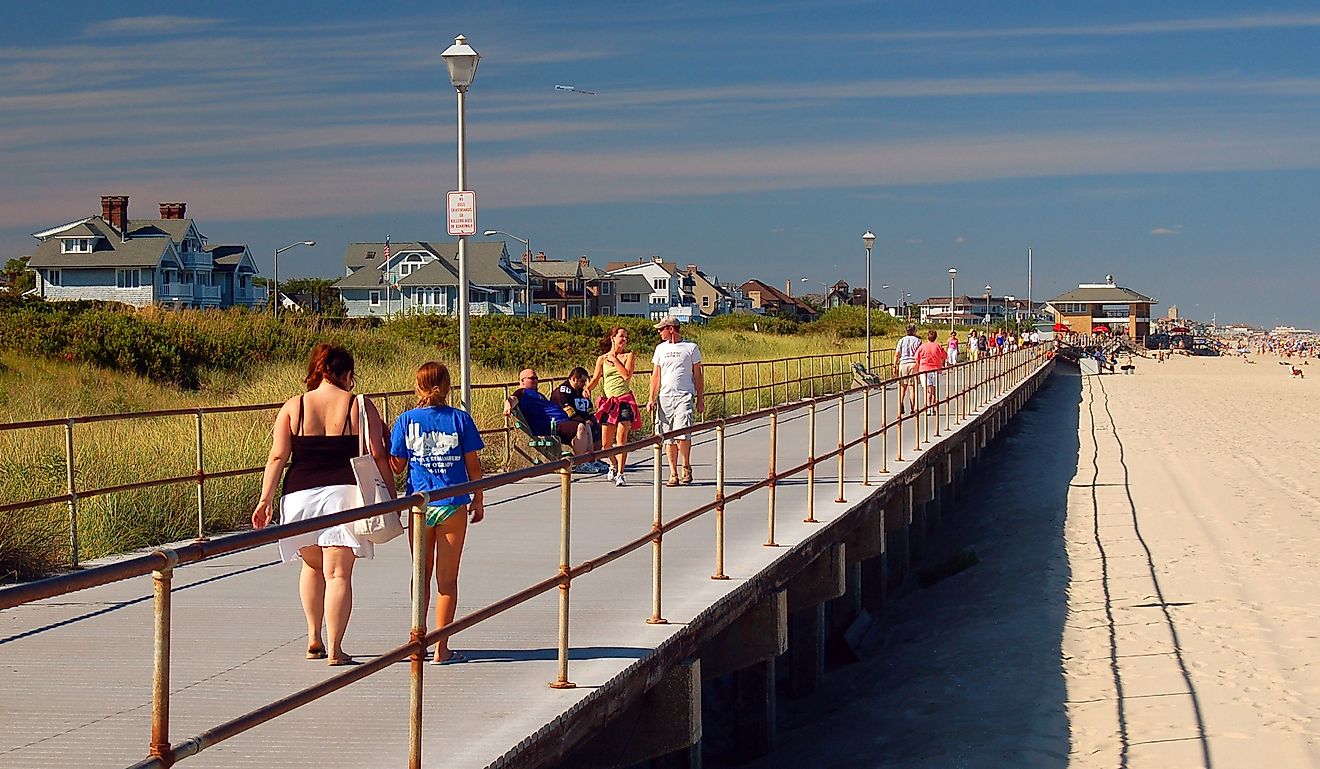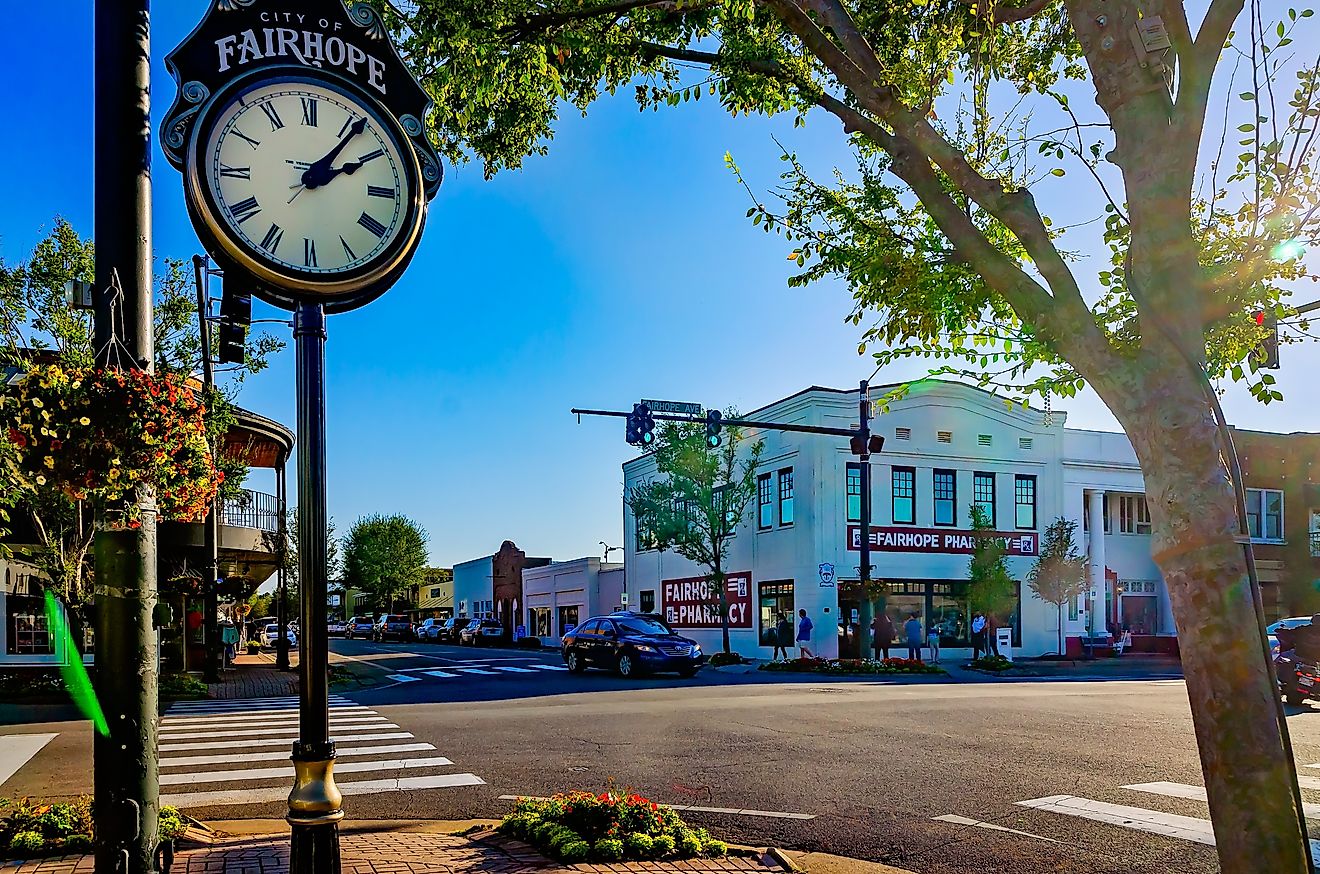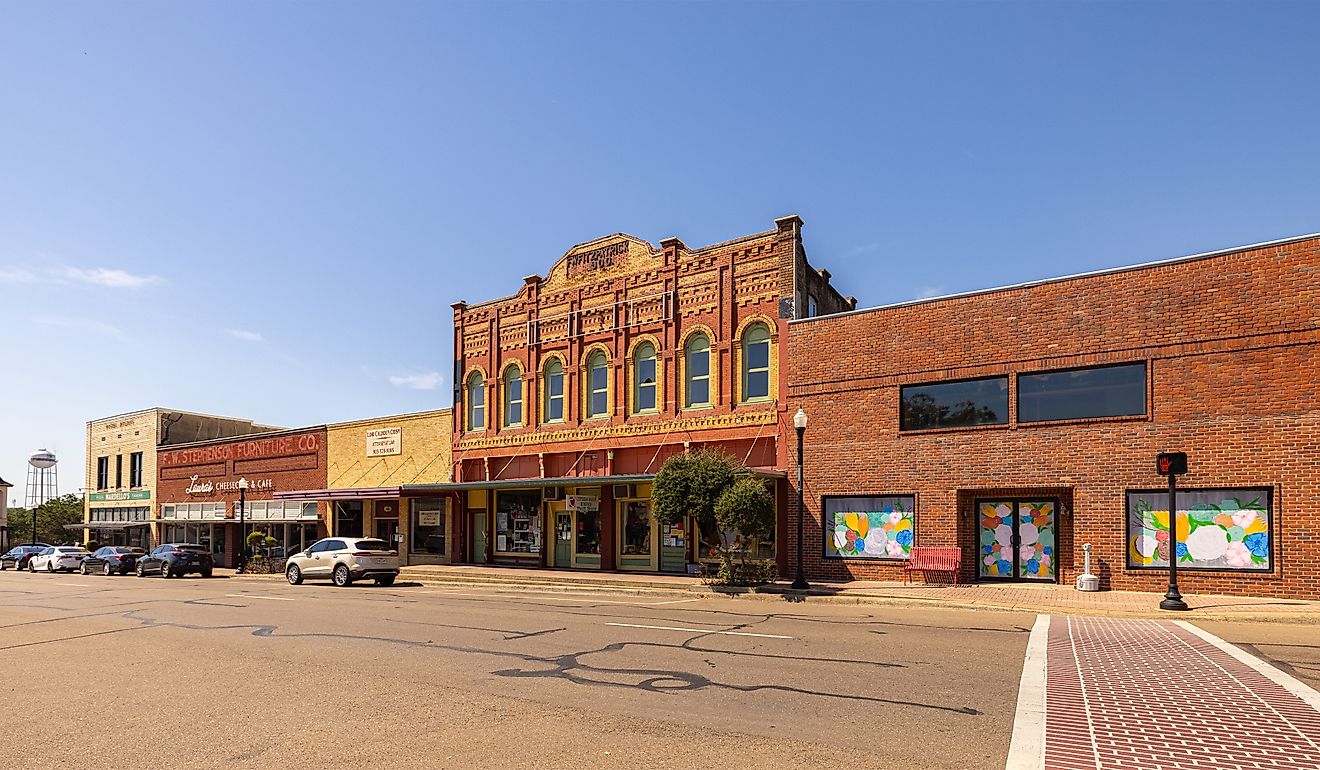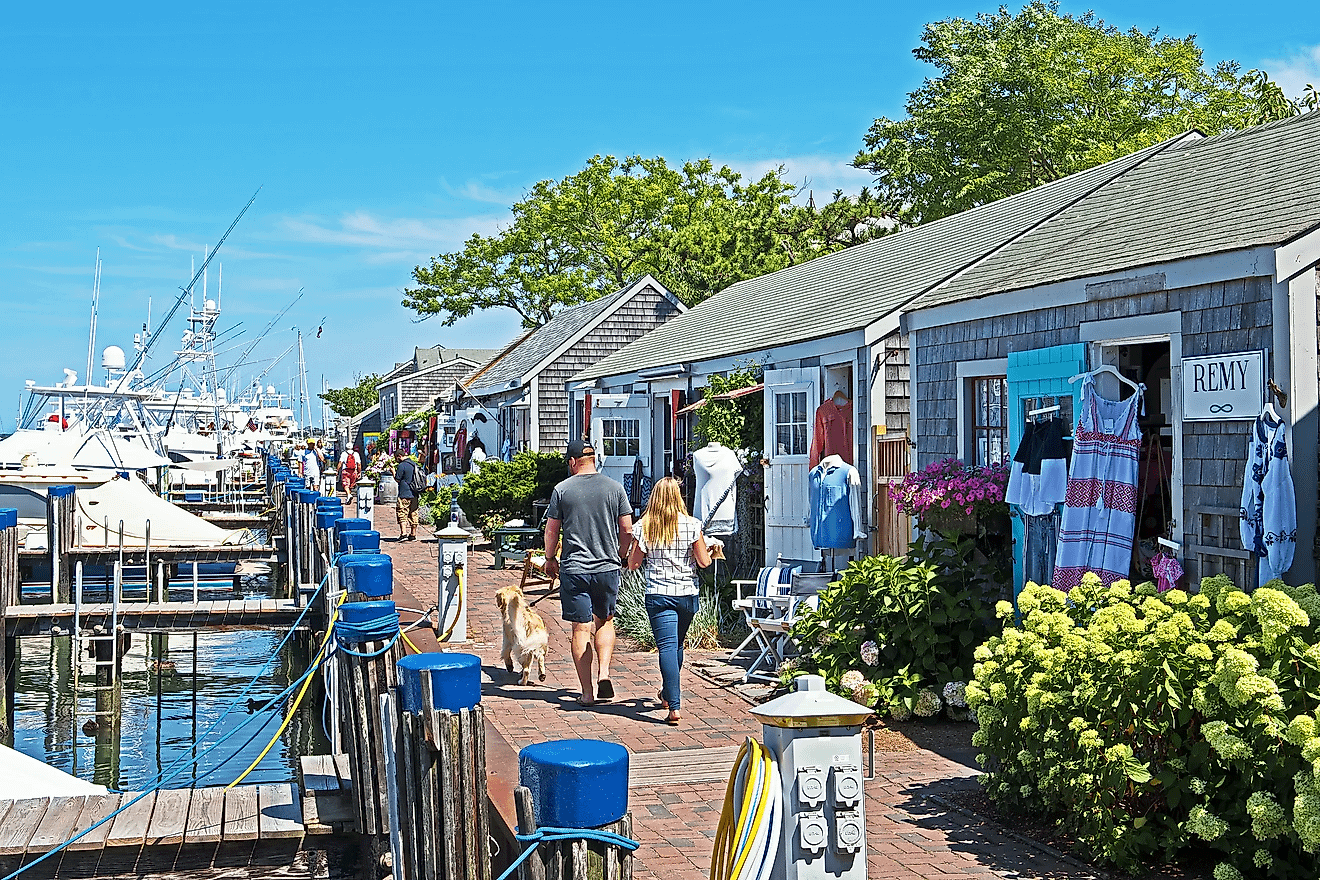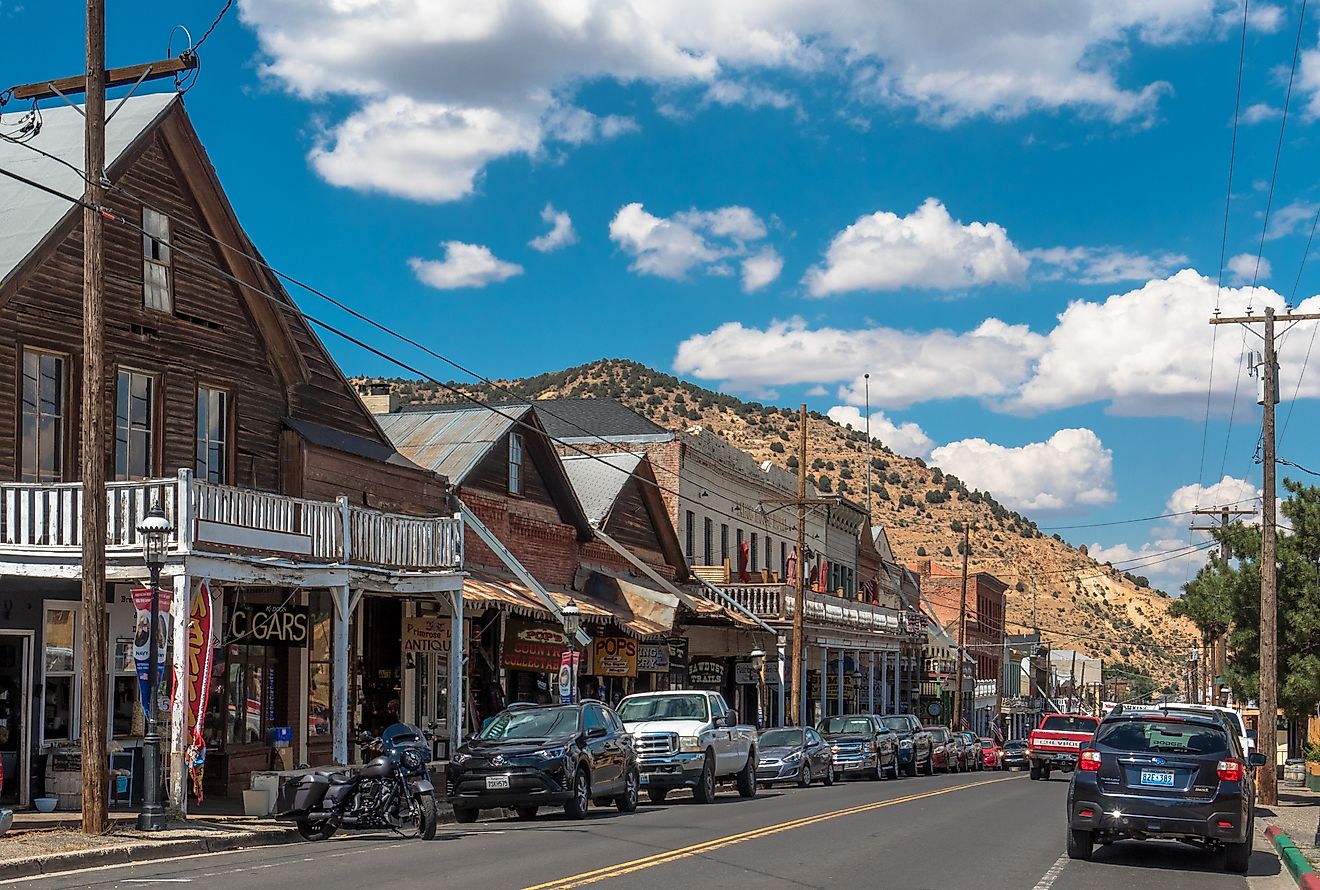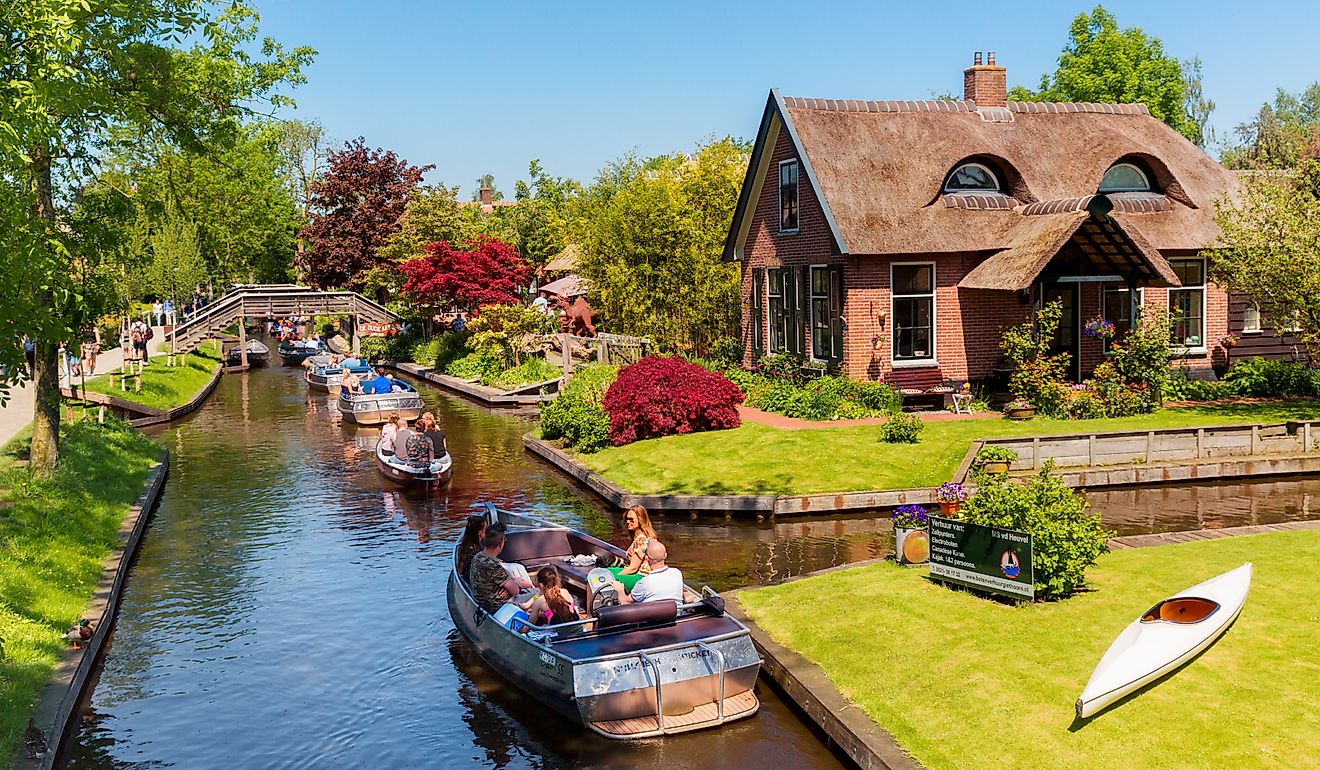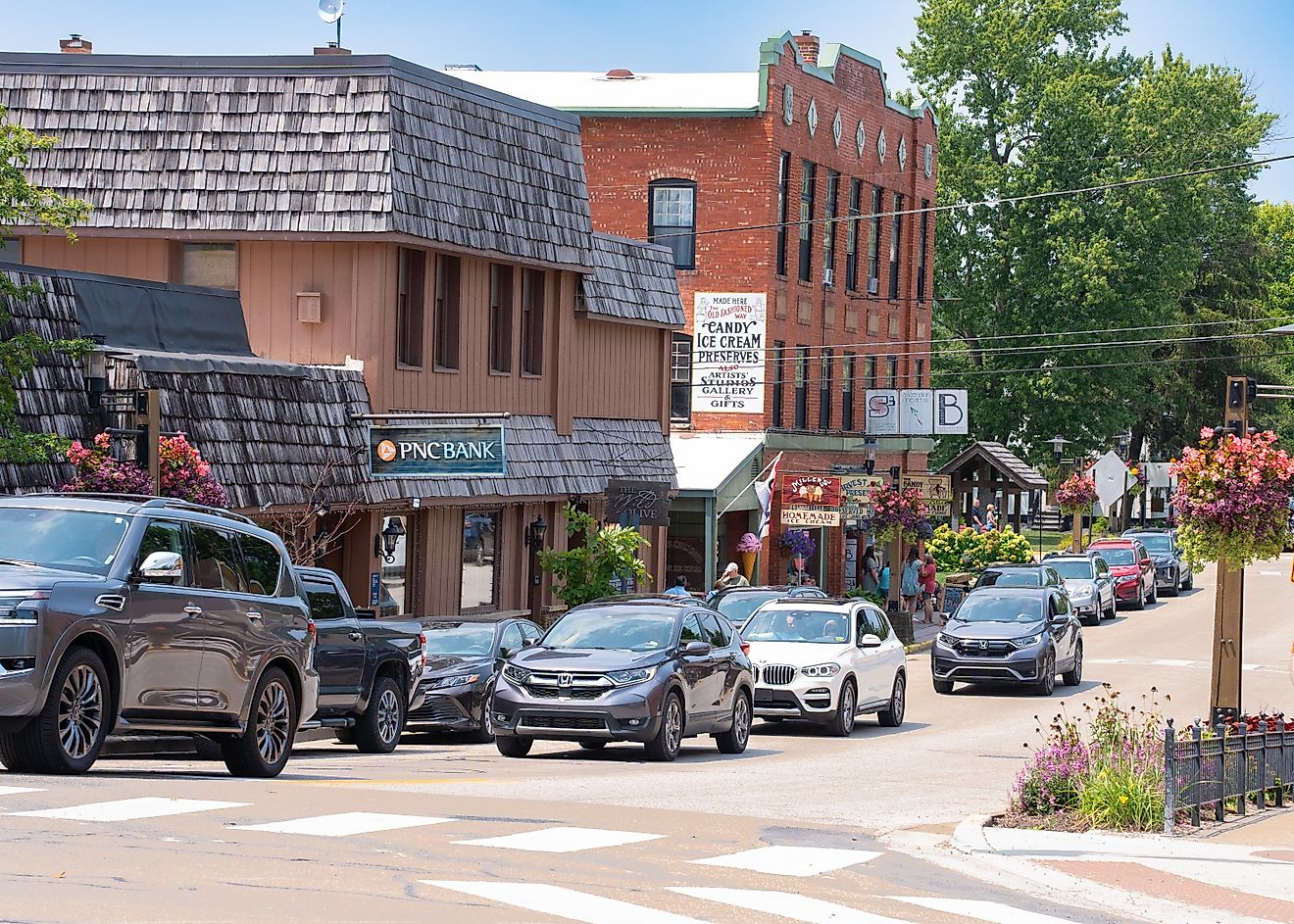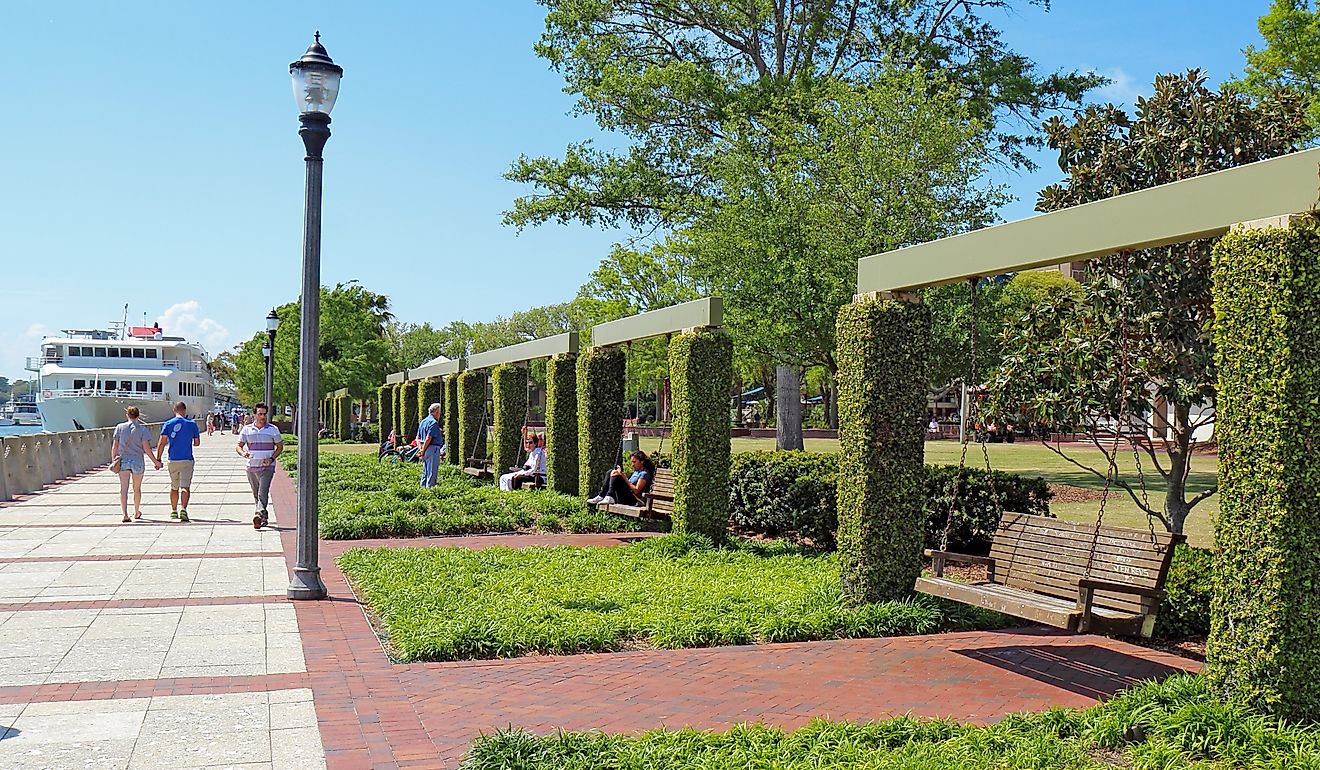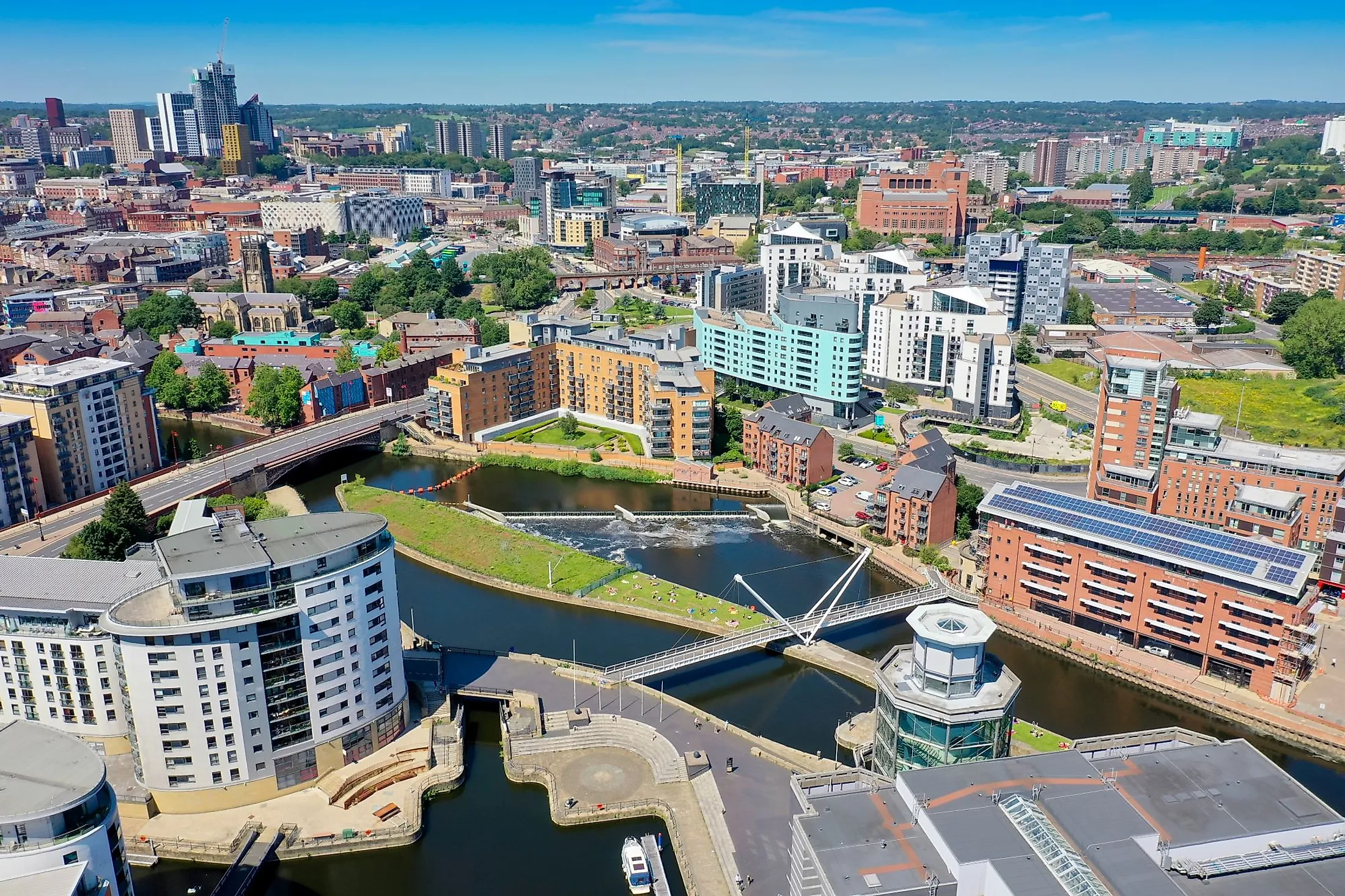
Leeds, United Kingdom
Leeds stretches along both sides of the River Aire in West Yorkshire in northern England, with a rich history that date back to the Roman occupation days. Many believe the city's name comes from an old Brythonic term, the language used by the Welsh, Cornish, and Bretons. The term "Ladenses" refers to the "people of the fast-flowing river." A Roman historian described it as "a region which is called Loidis" (in Latin). Some people believe that the name came from the Welsh "lloed," which refers to "a place." Over the centuries, Leeds has grown from a farming community into a center for the industry as well as arts and culture – one of the largest in England. The University of Leeds, a public research university, is the epicenter of a lively academic community. It's also a city of parks and greenery, set in a landscape of rolling hills.
Geography Of Leeds
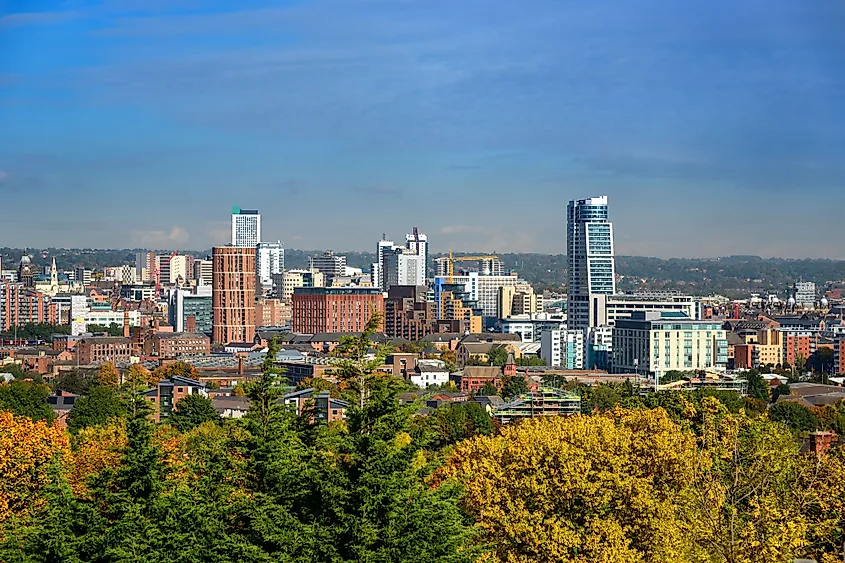
Leeds is situated about 48km northeast of Manchester, just to the east of Bradford, and 272km northwest of London. The Aire Valley is about 63m above sea level, with the mountains of the Pennines ranging up to 340m in the area of Ilkley Moor. The city’s terrain incorporates variations in elevation, rising to 198m above sea level about 9.7km from the city center. The rich history of Leeds owes much of its impetus to its geography. With a ready supply of fresh water from the River Aire and its tributaries and in the middle of a fertile valley between the rolling green foothills of the Pennines mountain range, it was a natural area for settlement. Both coal and iron deposits were discovered in the area by the time of the ancient Romans, about 350 BC, fuelling the city’s first era of growth and the region’s Iron Age.
Climate Of Leeds
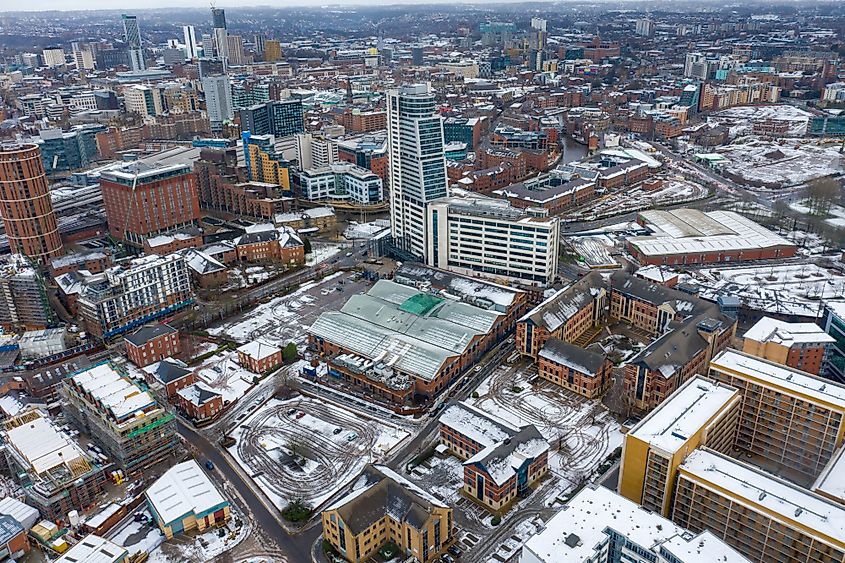
Even though landlocked, Leeds is about 100km from the North Sea, and therefore the region experiences an oceanic climate as per the Köppen climate classification. The Pennines mountain range also influences the weather of Leeds. The city experiences mild summers and cold winters. The highest average daytime highs of just under 20°C occur in July and August, as compared to under 6°C during the coldest months in January and February. There is moderate rainfall during the summer, and occasional snow in the winter, amounting to lower than average rainfall for the United Kingdom. Extreme temperatures during either season are uncommon but occur occasionally.
History Of Leeds
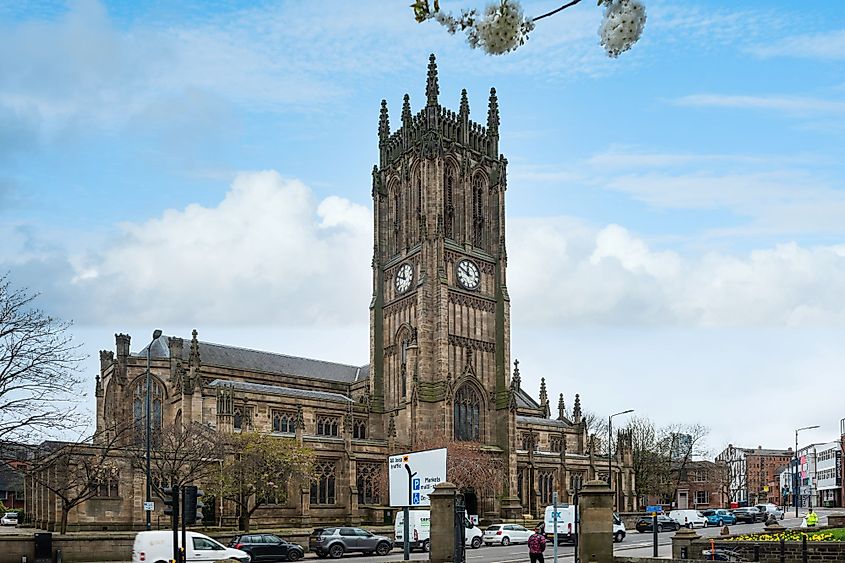
The area now home to the city of Leeds was once part of the Brythonic (Celtic) kingdom of Elmet, which governed the area from the 5th century into the early 7th century. During that era, the region was largely forested. Some artifacts belonging to the Romans have been found in the area, along with those of the Brigantes, a native Briton tribe. After the Romans, the Scandinavians and Anglo-Saxons came to the area. In 2008, a cache of artifacts called the West Yorkshire Hoard was discovered, including six pieces of Anglo-Saxon jewelry made of gold and precious stones and believed to date from the 10th century. During the Anglo-Saxon era, Leeds became a township and local market center for the surrounding agriculturally rich region. The township was incorporated in 1626. From the 16th century, the city also became a leading center for the wool trade and began its pattern of growth driven by the economy, which continued into the Industrial Revolution. Leeds was granted City status in 1893. The industrialized economy drew many people from the surrounding agricultural areas for work opportunities. By 1801, the city had a population of 92,000. That jumped to over 225,000 by 1841 and 609,000 by 1911.
The Population Of Leeds
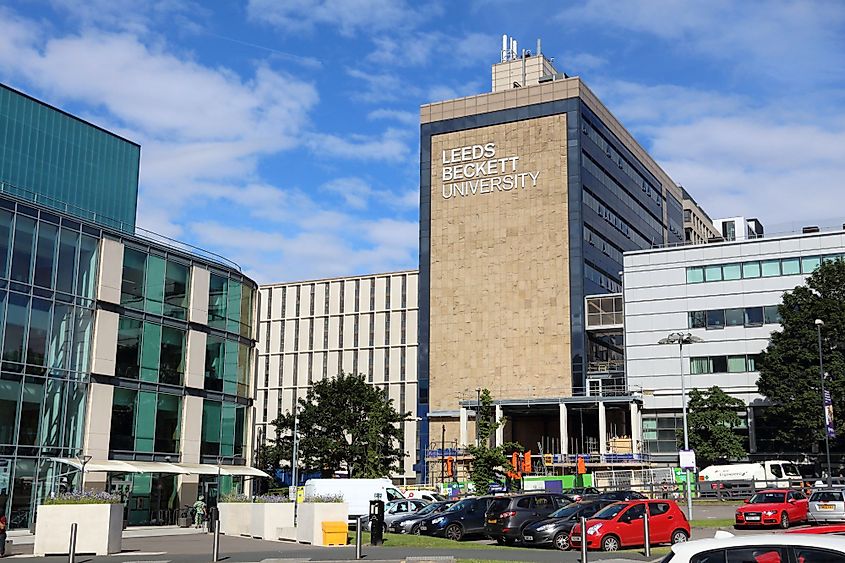
Along with the city of Leeds proper, the City of Leeds metropolitan borough also includes several smaller suburban towns in the surrounding area. With a city population of over 525,000, the metropolitan area of the City of Leeds is just under 799,000. The larger Leeds City Region incorporates a population area of over 3 million, coming second to the Greater London area in the United Kingdom. More than 140 ethnic groups make their home in modern Leeds, with a visible minority of about 18% of the population. Children represent about 20% of the population, with just over 15% counted as elderly. The vast majority (over 86%) of the population were born in the United Kingdom. Along with the University of Leeds, the city is home to the Leeds Beckett University, Leeds Trinity University, and Leeds Art University. The student population is estimated at 40,000. The city’s population has been growing slowly but steadily in the modern era, at a rate of about 11% between 2002 and 2022.
Economy Of Leeds
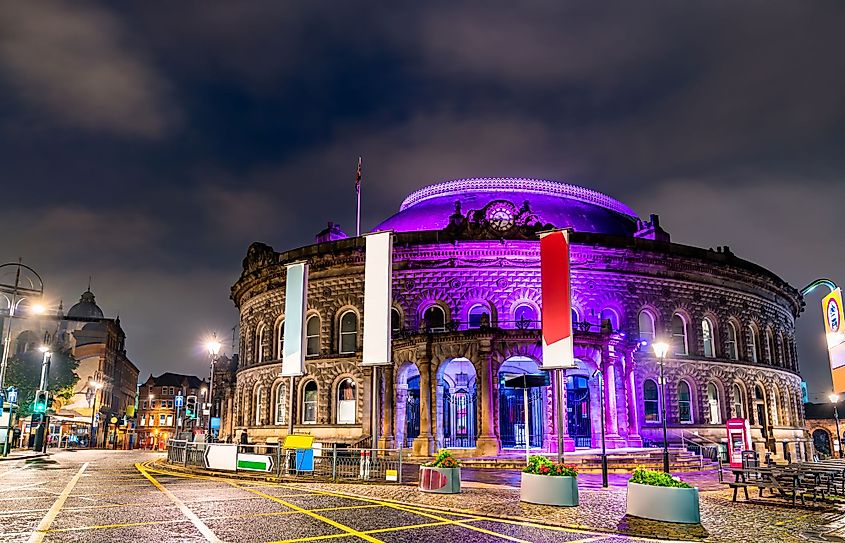
From its early days as a farming market town, Leeds has become a major urban center in the UK. During the 14th century, contact with innovative Flemish weavers set up the basis for the cloth trade in Leeds, an industry that would become increasingly important over the ensuing centuries. By 1770, Leeds handled one-sixth of England's export trade, mainly fuelled by textiles. Coal mines led to early industrialization and, as the Industrial Revolution progressed, led to the growth of the mechanical engineering industry. A canalized section was created to make the Aire more navigable, called the Aire and Calder Navigation, with the first section put into place in 1704. In 1816, the Leeds and Liverpool Canal construction was completed, and the Leeds and Selby Railway was set up in 1834, sparking further growth. Locomotive engineering became a new growth industry. With longstanding transportation links, which today include the M1 from London to Leeds and the Leeds Bradford International Airport, Leeds became the industrial hub of the Yorkshire region. Along with industry, the city is a financial center and home to the head offices of several banking institutions, including Yorkshire Bank. Digital manufacturing and creative industries make up a significant part of the city's economy, along with retail and tourism.
Attractions In Leeds
Yorkshire Dales National Park
Leeds is an ideal center for exploring West Yorkshire’s natural beauty, including the Yorkshire Dales National Park, which is located less than 32km from the city center. More than 600 hectares of green spaces are incorporated into more than 200 parks and open spaces in the city. They include wooded areas and farmland, as well as parks per se. Tourists can enjoy hiking, trekking, cycling tours, and other outdoor activities.
Abbey House Museum
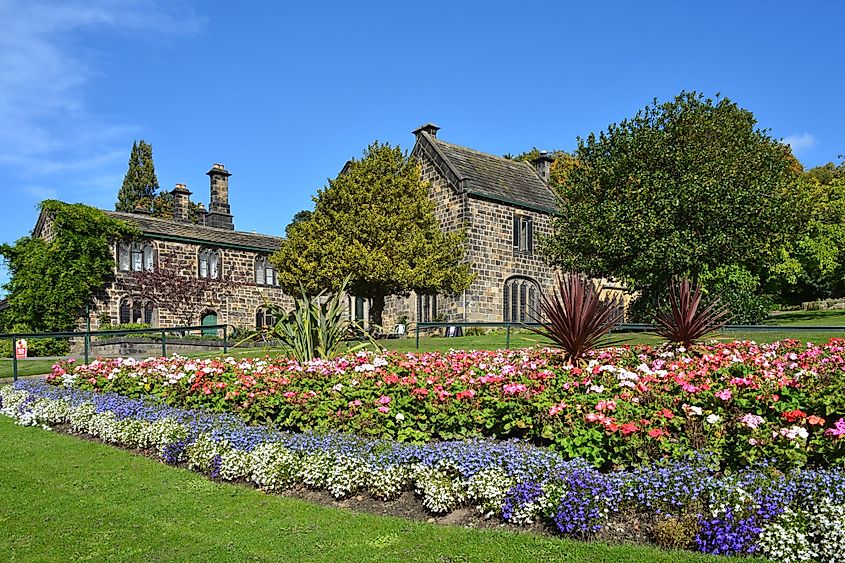
Leeds’ history is easy to explore by strolling through the downtown area, as well as in historic properties like the Tudor-Jacobean mansion called Temple Newsam House. The Abbey House Museum preserves the city’s Victorian past.
Museums In Leeds
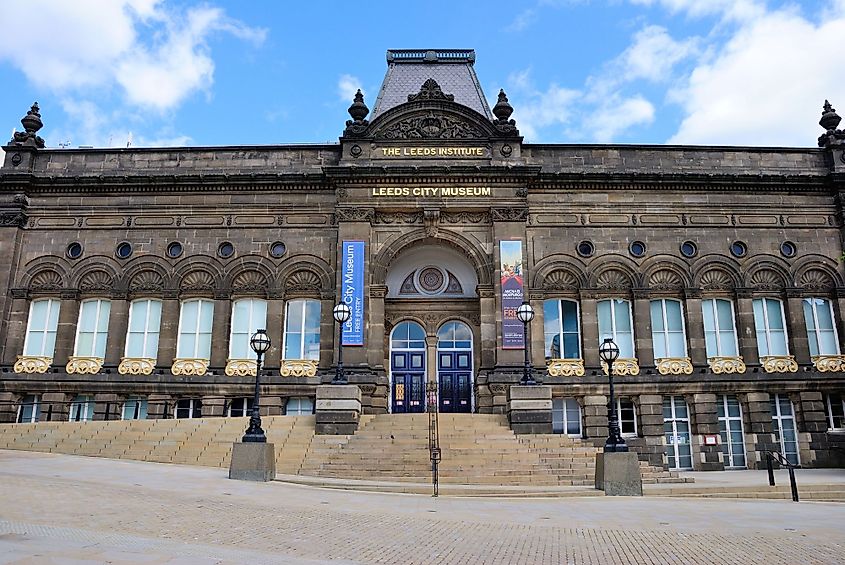
There are more than 16 museums and art galleries to explore the area’s history and culture, including the Leeds City Museum and the Jorvik Viking Centre contains exhibits depicting the Norse occupation era, circa the 9th century. As a center for the arts, there is a thriving culture and night-life scene, from significant productions to independent artists, and many yearly festivals that celebrate arts and food culture.
Leeds is a city with a fascinating history that has evolved over the centuries, from the forested region of the Celtic people of antiquity to today’s vibrant mix of industry, education, and culture. The city wears its past with pride, including landmarks like the 13th century York Minster cathedral, existing sections of medieval wall around the old city, and many other structures dating from the Middle Ages and different historical periods. Areas developed in the city’s industrial past that fuelled its massive growth from the 19th to 20th centuries have been redeveloped into live music venues, bars, and other cultural venues. Leeds is a city where the past continues to evolve into the present.
